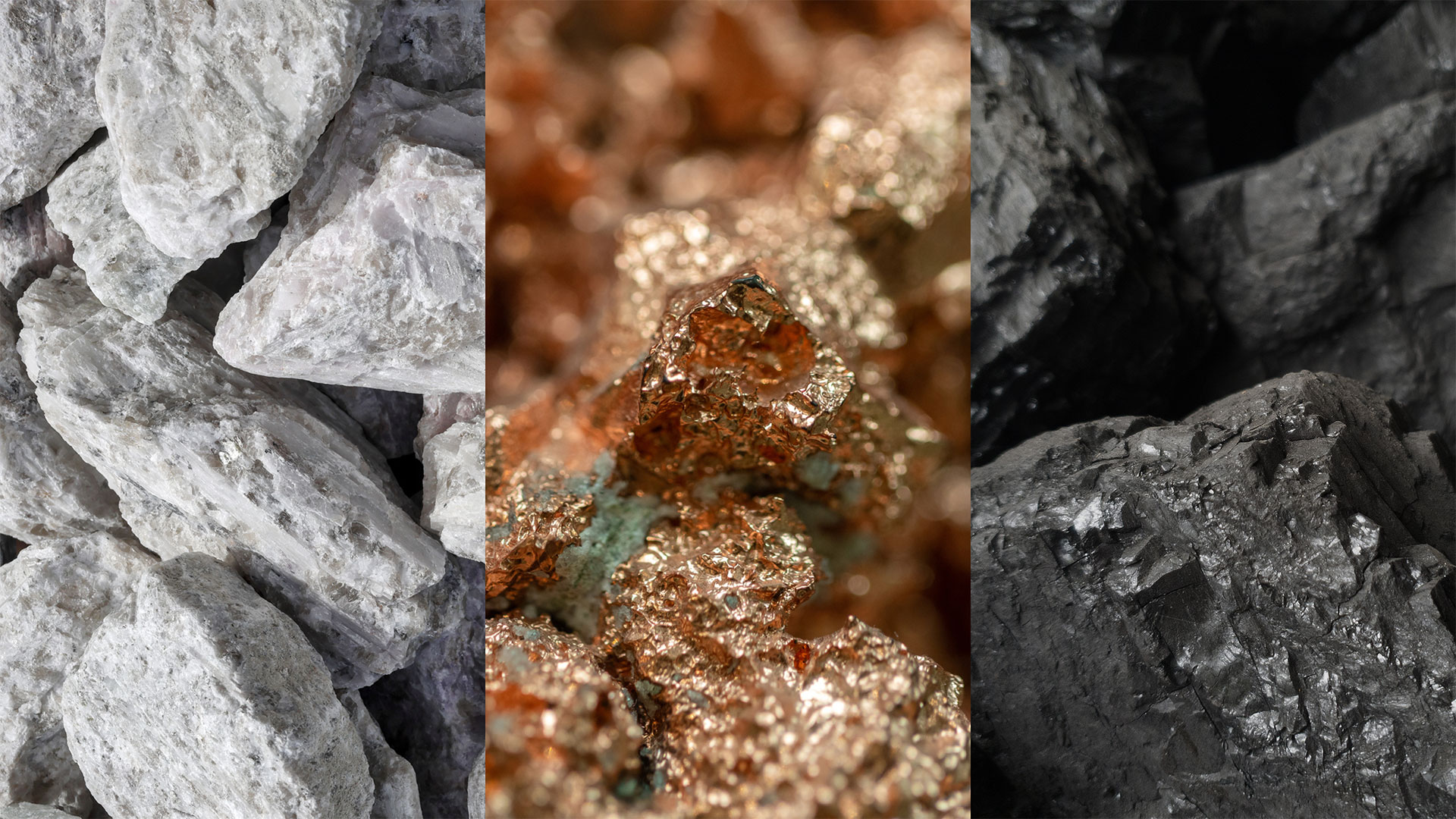Our Investment in Xefco: Transforming Textile Dyeing for a Sustainable Future

Fashion’s biggest challenge
100 billion garments are produced each year, which is more than 10 garments per person. As impressive as this is, the fashion industry has a huge problem that is hiding in plain sight. To understand this challenge, let’s start by looking through the major steps in the textile production process. First, fibre is turned into yarn and then woven into raw fabric. From there, the fabric is dyed and treated before it’s ready to be sewn into a garment that can be shipped to retailers and distributed to consumers.

The big problem? One of these steps alone has turned fashion into one of the world’s biggest CO2 emitters and wastewater producers, and that is the process of dyeing and finishing.
This wet and loud industrial process contributes to 3% of global emissions and 20% of global wastewater. The massive scale of the problem can be attributed to the fact that 150 litres of water is required to dye every 1 kg of fabric. As this water is mixed with various chemicals (dyes and finishing agents), what is left over is significant volumes of toxic wastewater that trickles back into the environment. Given dyeing mills are typically situated in developing economies, the industry has contributed to the major loss of freshwater access and biodiversity in these vulnerable regions.

As we explored this opportunity, our team spoke with a number of actors across the value chain to understand why there is a call to action to solve this problem now.
First, are the fashion brands. With dyeing and finishing accounting for 96% of a brand’s scope 3 emissions (see this report), brands are feeling increasing pressure from environmentally conscious consumers to adapt. With growing scope 3 reporting requirements over the horizon, these brands will need to assess the full impact of the processes employed across their value chain, with dyeing and finishing especially top of mind. In addition, with the proliferation of microtrends, fashion cycles are becoming much faster. As such, many brands want to be closer to their end customers but this is currently not possible with existing water-reliant dyeing processes.
Then there are the dyeing mills themselves. With regulations limiting water access, their reliance on water is stifling production capacity. Rising energy costs are also impacting the economics of the resource-intensive dyeing process. These factors lock mills into certain regions which means they are unable to have dynamic supply chains.
Xefco, a next generation solution
Xefco is an Australian-based deep tech company solving this problem. The company has developed a novel dye/finishing technology that consumes no water, few chemicals and significantly less energy compared to the incumbent processes. Ausora, Xefco’s plasma-based deposition technology, combines the entire dyeing and finishing process into one sleek machine compatible with common fabrics and pigments. It makes Ausora the only technology in the market that solves the water and energy problem in a single, continuous process. Importantly, the solution’s modular form factor means the Ausora machine can scale up to meet the cost, capacity and time demands of mills. Watching Xefco’s pilot Ausora machine work in person felt like a powerful look into what the future of textile processing will be.

Xefco is led by Tom Hussey who is an experienced operator in the textiles technology space, having already developed and commercialised a textile coating technology used by companies like North Face. This deep understanding of the textile sector and what is required to create a solution that brands and mills alike love, is impressive.
As such, we are proud to be leading Xefco’s latest Seed Extension round and to join Xefco on its journey of transforming the textile industry.
Written by
Stay in Touch



.jpg)





